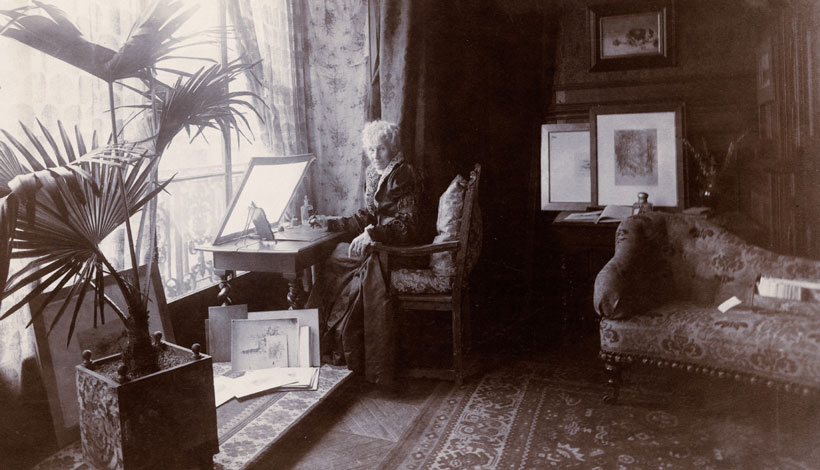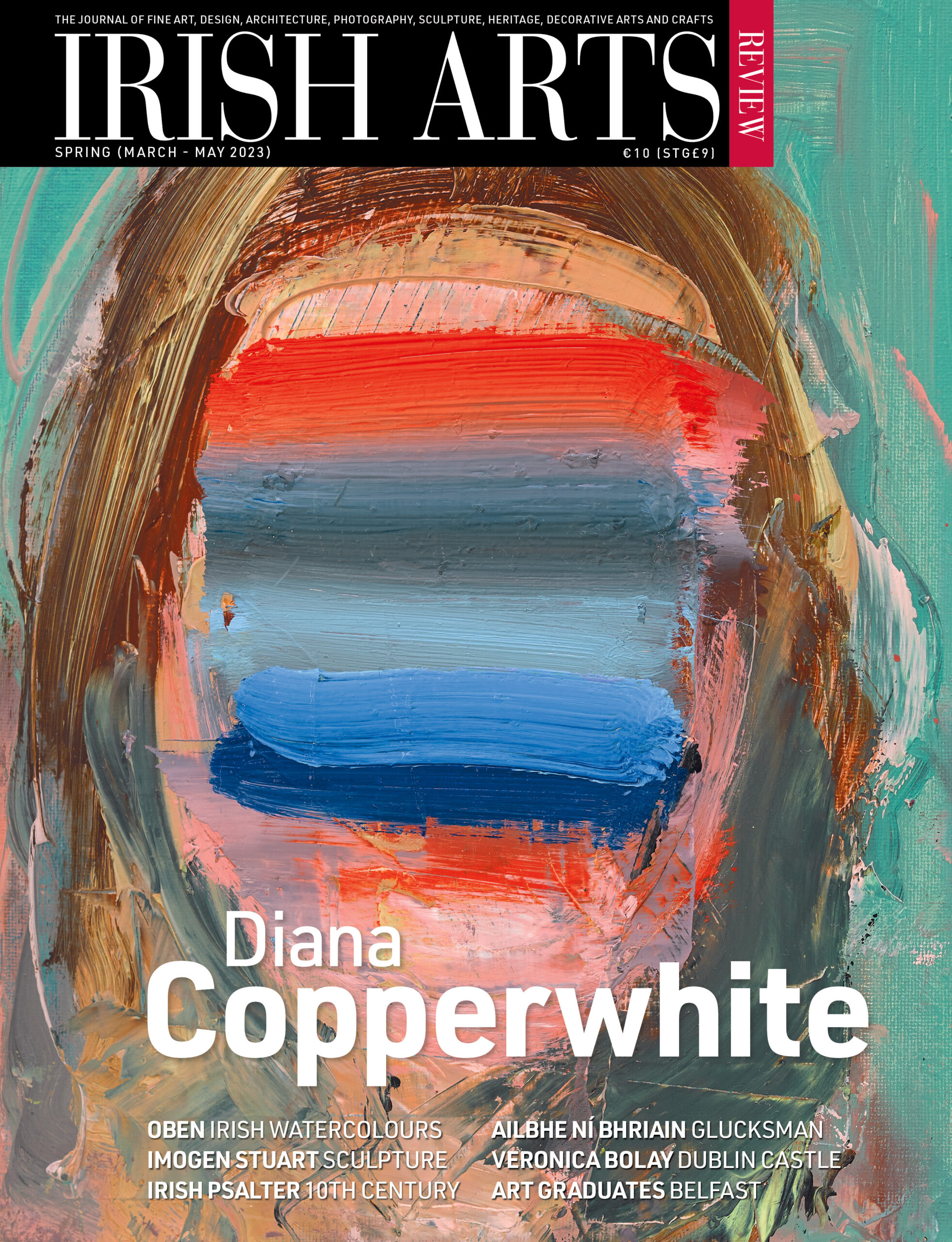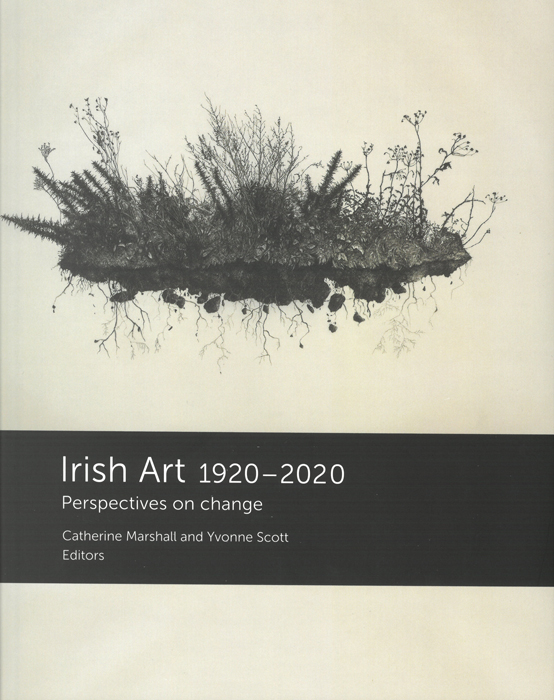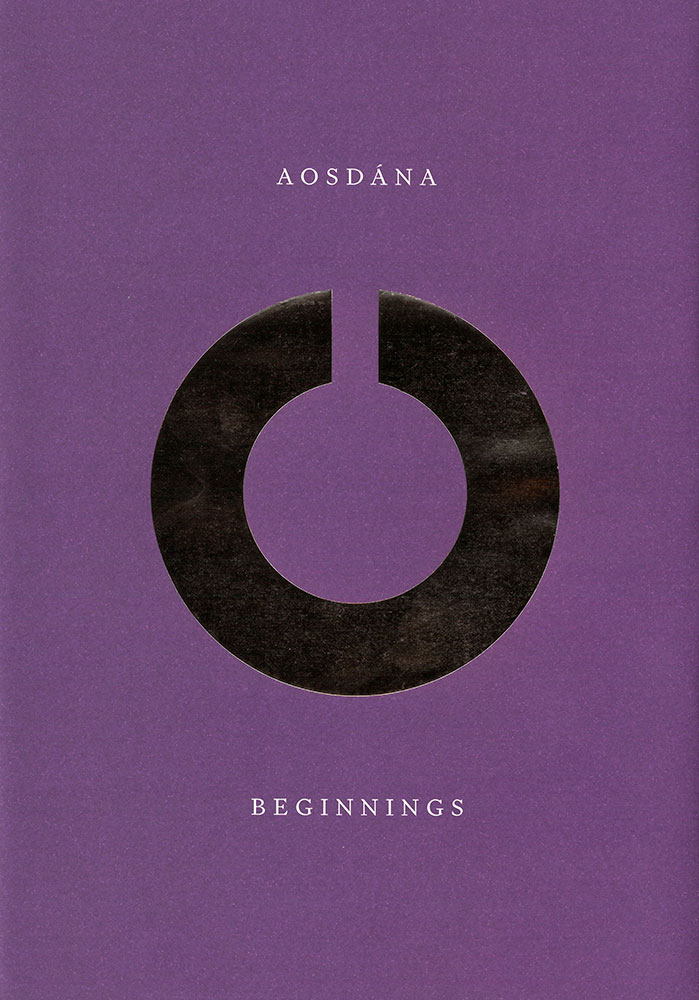
Katherine Manthorne recounts the life and work of the Irish American landscape artist Eliza Pratt Greatorex
Born in County Leitrim, Eliza Pratt was the daughter of Catherine Scott and James Calcott Pratt, a Methodist minister who moved with his family almost annually from one village to another in the north of Ireland. As a young woman, Eliza Pratt left Ireland and headed for New York. There she married British composer Henry Wellington Greatorex and had three children, simultaneously establishing herself in the lively art world of the 1850s. There were few professional women artists at the time, even fewer who were married with children and almost none who painted landscapes. Eliza Greatorex was a pioneering figure.
Her transnational career began as a painter of the Hudson River School, with works like Landscape near Cragsmoor, New York (1865). She evolved into a graphic artist, recording Manhattan’s disappearing architectural heritage, and ultimately became a leader of the Etching Revival. In 1869, in honour of her achievements, she was elected to the prestigious National Academy of Design and had her portrait painted to mark the occasion. Incorporating her Celtic roots with a deep commitment to America’s natural scenery and built environment, she created a body of pictorial work that speaks to this transnational story, what has been called ‘Traveling Irishness’.
To read this article in full, subscribe or buy this edition of the Irish Arts Review


Isabella Evangelisti visits the MAC in Belfast, where the work of selected painting graduates from Belfast School of Art is on show

